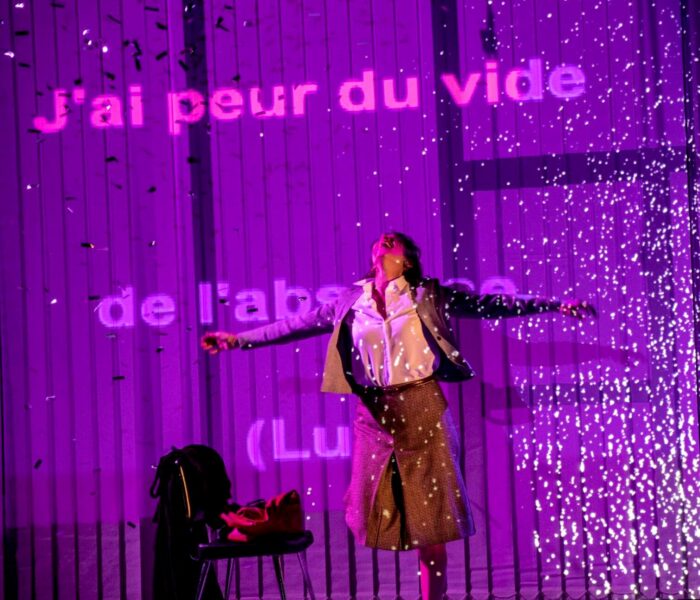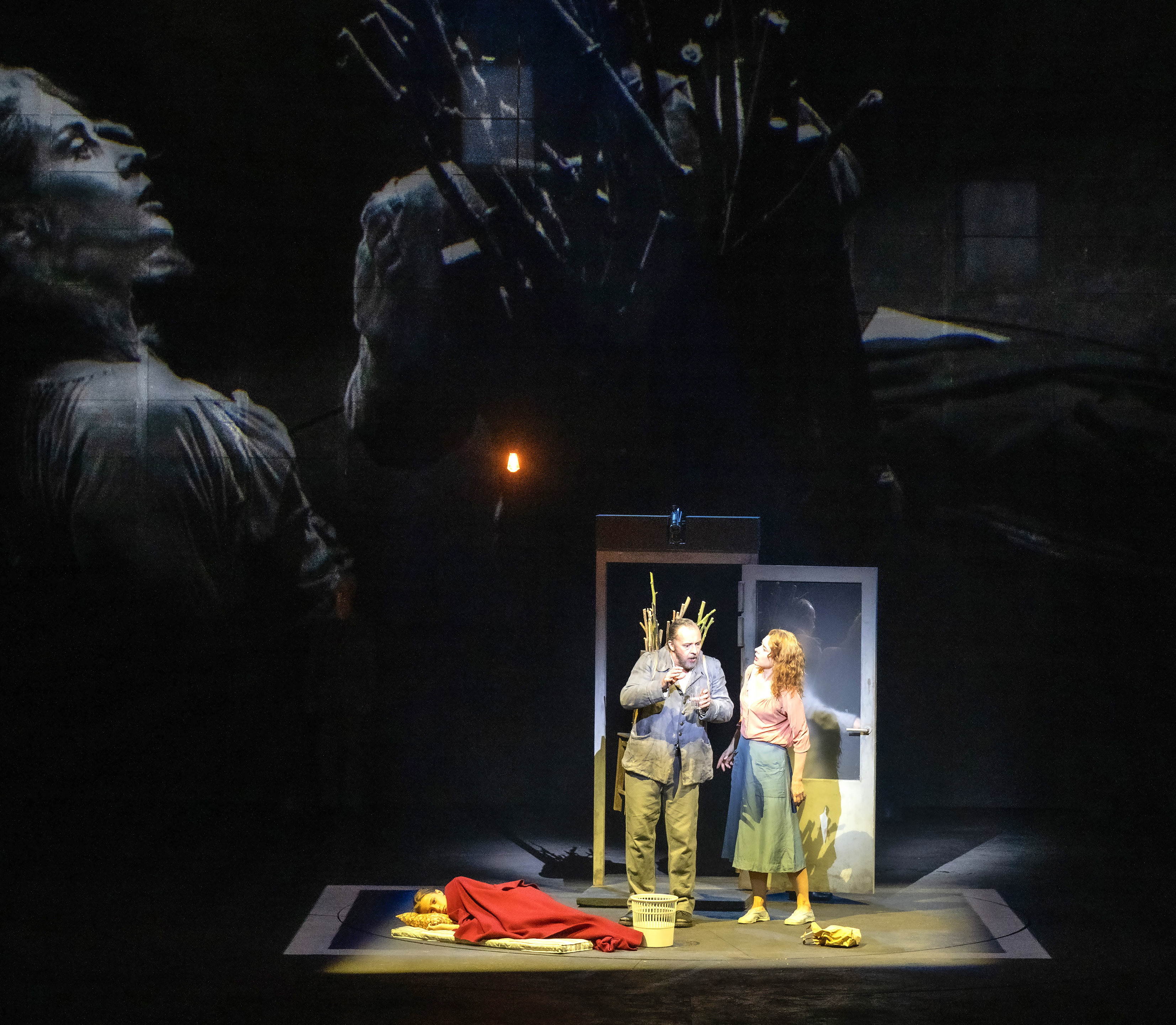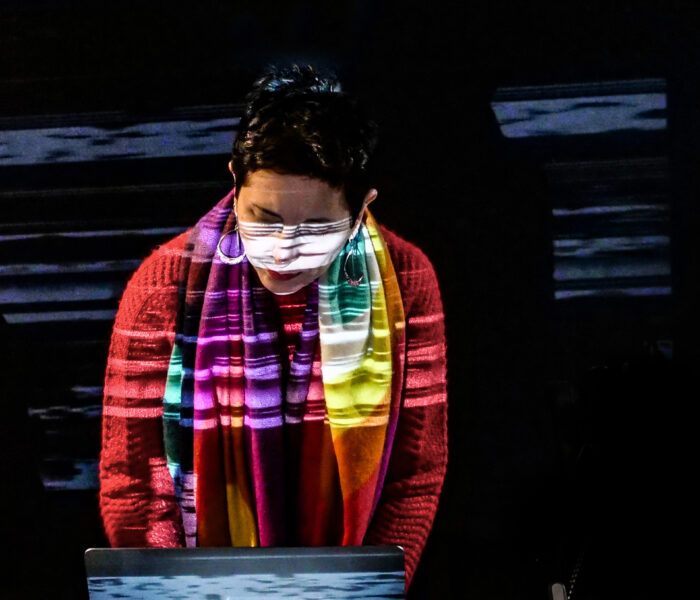On a Klein blue background, a statue of ancient Greece showing its fist, with cables and microphones as a simple device: thus is embodied, in the imagination of its two founders, the Grame Spirit told in words and images in this imposing volume of more than 500 pages luxuriously celebrating the forty years of the institution.
An imposing mass that opens onto a historical stage of sound creation (1983-2023), the work conceived and realized by James Giroudon, Pierre-Alain Jaffrennou and Yann Orlarey is articulated in four acts and as many decades. The association G.R.A.M.E. (Groupe de Réalisation et de Recherche Appliquée en Musique Électroacoustique) was created in October 1981 and from the outset it has had four main lines of activity that have established its DNA: production, experimentation and research, diffusion and transmission. Yann Orlarey quickly joined the two managers as Grame's scientific director, a position he will hold until 2021. Coming out of the GRM studios where they trained alongside Pierre Schaeffer, James Giroudon and Pierre-Alain Jaffrennou want to reinvest a form of mixing in sound creation, by bringing together the instrument and the electric source and by associating with the sound a visual material more anchored in reality.
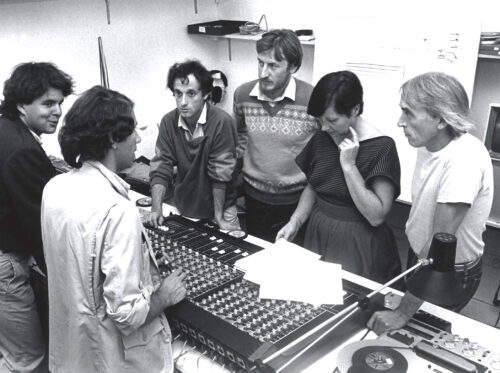


This is how the idea of a scenography of music was born, which would fuel Grame's research and creation in a decompartmentalized approach to artistic territories. The story of this great adventure, carefully detailed and richly illustrated, must be read page by page in order to understand the extent of this vital and artistic explosion driven by a common objective and an unwavering desire to achieve it. We will limit ourselves to underlining the important stages in a few key dates that mark the course of Grame's forty years before giving the floor to the two main actors of this dizzying crossing of the spaces of sound.
A scenography of sound
In 1983, two years after its creation, the association organized a "Night of Music on Stage". The six-hour non-stop event combines various artistic proposals borrowing from performance, dance, musical theater, cinema, painting, etc. The artistic expressions and the most diverse audiences cross paths, values to which the programmers are attached.
From then on, the "Nuits" became Grame's annual event as well as a spectacular one. Programmed in various places in the city, they are exported beyond Lyon and the hexagon, braving the open air and implementing important scenographic means(Donauflug, Enuma Elish ... but also Babylon for the inauguration of the first international festival of Babylon in Iraq. In 1992, Grame held its first festival, in association with the EOC (Ensemble Orchestral Contemporain) and its conductor Daniel Kawka. Questioning the format of the concert and the relationship between the composer and the stage, Musique en scènes invites itself to the museum to present its installations and promotes the concert-performance putting the creator "in the center of the arena". In 1996, Grame was elevated to the rank of National Center for Musical Creation(CNCM), a recognition it shares with three other French centers for sound creation and research, Marseille, Nice and Bourges.


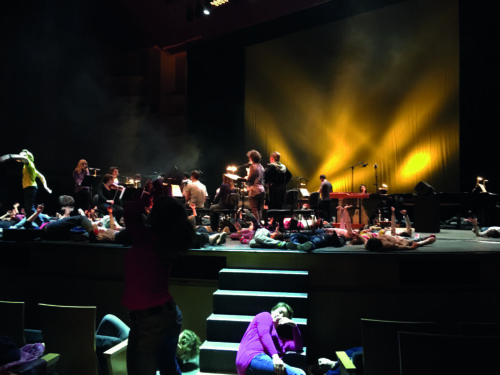
The music is watched and the body dances
In March 2000, Musiques en scène became a biennial event and under the banner of "Lyon Cité sonore", traced a course of sound and visual installations in the urban space. The period is marked by the development of interfaces and devices for capturing sound through gesture, which is the subject of intense national and international dissemination. With Thierry de Mey (Musique Light 2004), the body dances and becomes the referent of any artistic practice. On the research side, the implementation of the Faust language conceived by Yann Orlarey has an immediate impact on creation: SmartFaust (Keep your smartphones open!) is a participatory symphony for telephone by Xavier Garcia, the result of his residency with the computer music director Christophe Lebreton. Grame has set up an interface and experimental center, the "Lutheries & développements Lab", a marker of the synergies between the arts and sciences. The Light Wall System, a new device that captures gesture without sensors, experimented with by percussionist Jean Geoffroy and Christophe Lebreton.

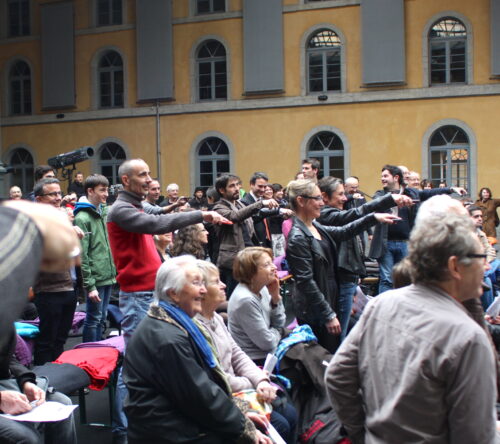

In its fourth decade, Musique en scènes confirms its anchorage in the musical and multimedia era (Ondřej Adamek'sAirMachine ), practicing a policy of guest-curators of the Biennial with Peter Eötvös, Kaija Saariaho, Michael Jarrell, Heiner Goebbels, Michel van der Aa and Michaël Lévinas.
"Innovation is no longer the constitutive mantra of the value of the work", one reads in the comments. We are looking towards an art that wishes to be more relational than fixed, a participative art(Geek Bagatelles by Bernard Cavanna) that is a space for dialogue and a place for musical crossbreeding.
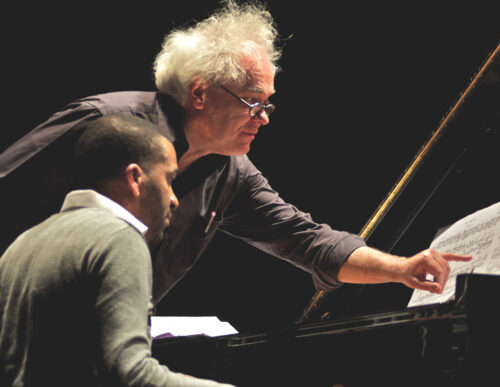

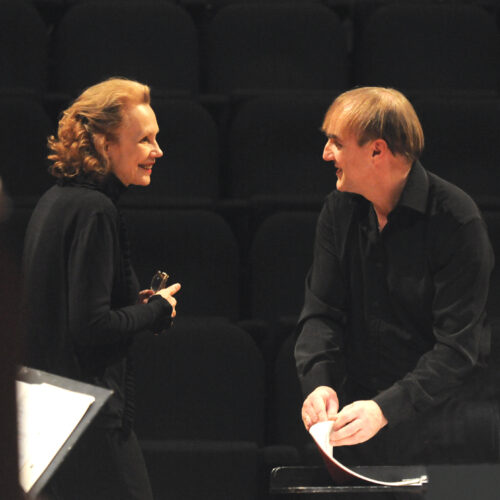
The epilogue brings together the words of the two Grame actors and their collaborators (Daniel Kawka, Michel Rostain, Thierry de Mey, Vincent-Raphaël Carinola). "Enumeration" (a nod to Georges Aperghis, one of the pioneers of the Grame spirit) lists, by decade, all the artists (composers, performers, visual artists, conductors, companies, actors, directors, video artists, etc.) who have been in residence and performed over the 40 years. This is followed by the productions, the places visited, etc., in short "the tons of Grame" (exhaustiveness is the rule) testifying to the magnitude of the enterprise and the excessiveness of the project.
Apart from your personal documents, I suppose you had to draw on other sources and go and consult Grame's archives. How was the research carried out?
James Giroudon and Pierre-Alain Jaffrenou: In a way, we had anticipated the writing of the book by taking the decision to deposit all of Grame's documentary holdings in the Lyon Municipal Archives since 2015 (until 2018). An agreement was established in this sense between Grame, the Archives and the City of Lyon. All our archives/papers were stored, not to say accumulated, in the former library of the National School of Fine Arts in Lyon, a place made available to us by the City (but which had to be vacated in 2018). A protocol was set up with the curators of the Municipal Archives to agree on a classification by year according to different headings. This made it possible to quickly have a searchable database for the potential public of the Municipal Archives, as this collection is currently being digitized. We had therefore carried out this archiving before writing the book; we had, in a way, revived our memory and had all the elements allowing us to establish an almost exhaustive chronological sequence of activities, both artistic and scientific, as well as those concerning the administrative, institutional and associative part, since 1981. We also had numerous personal documents at our disposal. This very detailed chronology of all the events, in all its contours in terms of geography and content, was indispensable in order to make choices and groupings, and above all to find a logic in the chapters of each act of the narrative.
The idea of writing and composing the narrative with images to grasp Grame's multifaceted journey as a whole was also imposed from the start. We were able to draw on a rich iconographic memory by soliciting the participation of the many photographers (more than thirty) who have followed the adventure, notably Christian Ganet and Pascal Chantier.
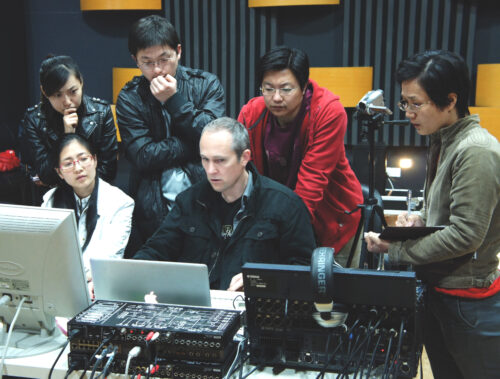
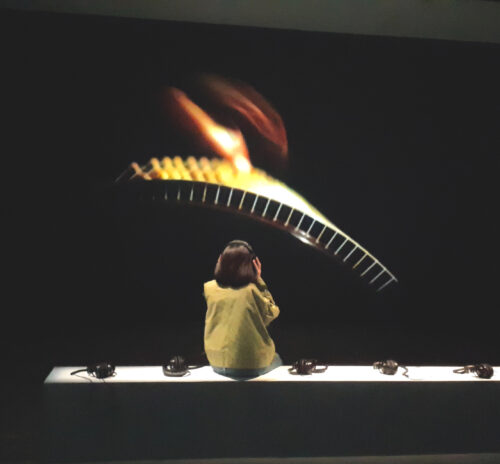
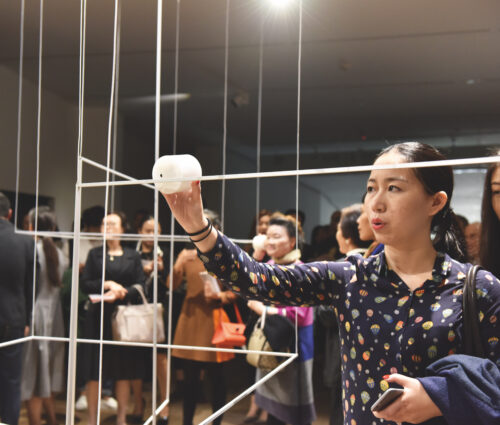
What would be your words to define the Grame Spirit?
JG and PAJ : The title "Grame, a musical break-in" expresses quite well the state of mind that has constantly characterized these almost 40 years. Since 1982, Grame has developed an appetite for excesses and hybridization, whether through the mixing of genres, the mixing of electronic sound sources with instrumental music, or through the attention paid to the notion of "installed" music, particularly in its relationship to gesture, the stage, and the visual.
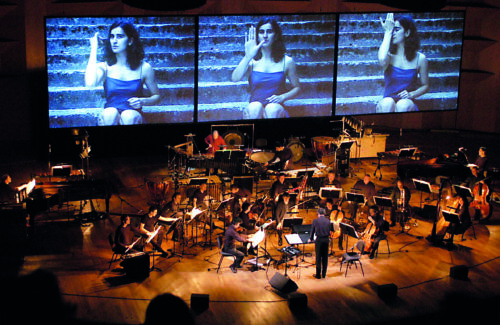

To blur the borders, to cultivate the "out-of-bounds" (it was the theme of the Biennial 2018): this work is not only a contribution to the history of the extension of the musical field to embrace the vastitude of the sound world, even if the taking into account of a sound total contributes to reshuffle the cards of a very current debate, between nature and culture. It is also the inscription in the heart of a resolutely interdisciplinary and polysensorial artistic process: the most emblematic case being the production of sound installations, which refers as much to the plastic field as to that of the musical one, and that since 1992, while passing by all the declensions of the idea of installed concert and of sound plasticity. All this has facilitated (and led to) the passage to more societal concerns.

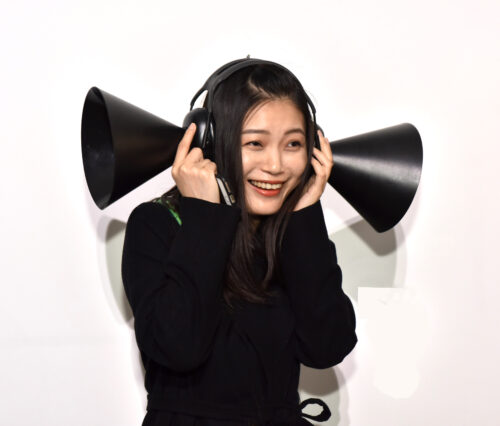

It was also to break the "entre-soi" which generally characterizes the field of contemporary music. This has not been done without effort, in sometimes vigorous opposition to certain advocates of immobilism. This was notably the case, on two occasions, in the years 2000 and 2010, during a report by the Ministry's Music Inspection. It should be noted that we were able to win each time with our supervisors.
These effractions, which constitute the DNA of Grame, will be expressed during the years 2000/10 in the form of a critical return on the uses and powers of digital technologies by introducing the notions of post or alter-digital, considering that we live in an unprecedented situation, that of a digitalized life. Faced with the omnipresence of the digital click, the quantification of reality..., and taking into account the potentialities of our multiple digital prostheses, the reflection was focused on the search for new zones of resonance, in particular through the creation of participatory concerts for smartphones, the implementation of various educational applications and collaborative platforms, fruits of the cooperation of the Research and Transmissions departments of Grame.
Michèle Tosi
Grame, une effraction musicale
James Giroudon, Pierre Alain Jaffrennou and Yann Orlarey
Editorial advice from Muriel Joubert
Available by mail order https://effractionmusicale.fr and on the Editions Lugdivine website
Photos © Pierre-Alain Jaffrenou
Photos © James Giroudon
Photos © Pascal Chantier
Photos © Christian Ganet
Photos © Pierre-Laurent Cassière
Photos © Michel Jaget
Photos © TFAM
Photos © Michel Grefferat
Photos © Minsheng Art Museum



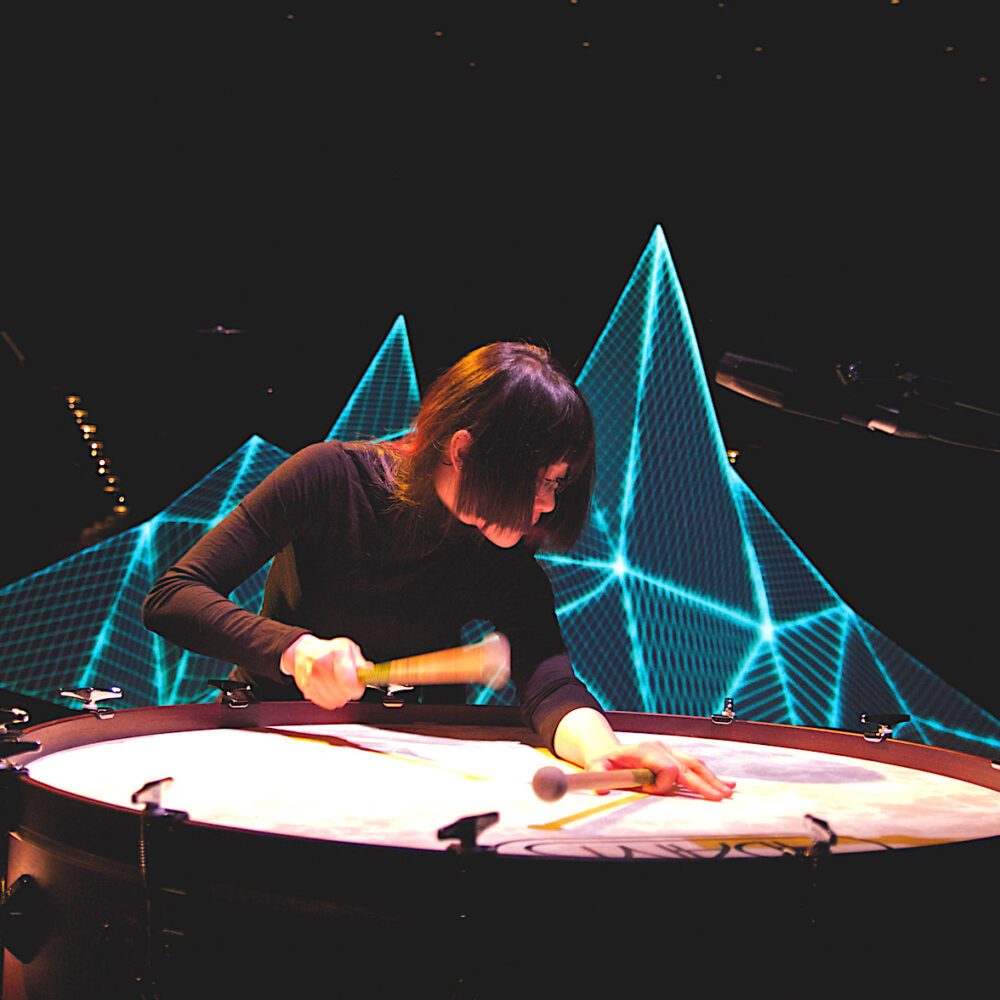)
